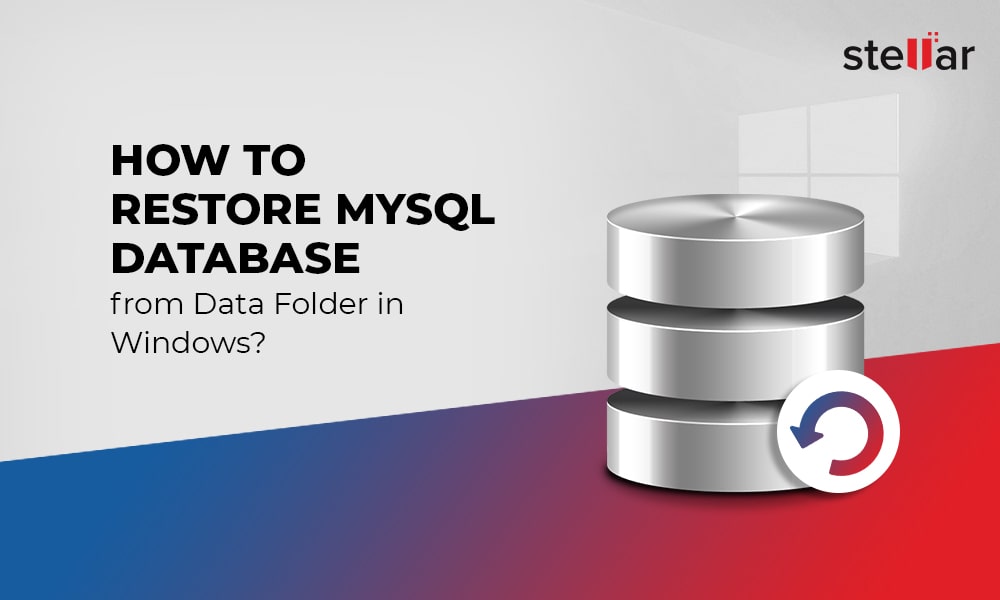

- #Reset reinstall mysql for mac how to#
- #Reset reinstall mysql for mac install#
- #Reset reinstall mysql for mac password#

#Reset reinstall mysql for mac password#
Note: When using MySQL8 or higher, there are additional password requirements and new authentication methods.Type in: CREATE USER 'kodi' IDENTIFIED BY 'kodi' and press return.
 Get into the MySQL command line utility: mysql -u root -p. default_authentication_plugin=mysql_native_password. When using MySQL8 or higher (Ubuntu 20.04 or later), add the following line at the end of /etc/mysql//mysqld.cnf:. from both the MySQL host to itself and also from other clients), either comment out the bind-address using a hash (#) to disable it, or use bind-address = 0.0.0.0 to open it completely. Note: To allow both local and remote access (i.e. Note: Replace 192.168.0.5 with the appropriate address. To configure MySQL to listen for connections from network hosts, edit /etc/mysql//mysqld.cnf and change the bind-address directive to the server's IP address:.
Get into the MySQL command line utility: mysql -u root -p. default_authentication_plugin=mysql_native_password. When using MySQL8 or higher (Ubuntu 20.04 or later), add the following line at the end of /etc/mysql//mysqld.cnf:. from both the MySQL host to itself and also from other clients), either comment out the bind-address using a hash (#) to disable it, or use bind-address = 0.0.0.0 to open it completely. Note: To allow both local and remote access (i.e. Note: Replace 192.168.0.5 with the appropriate address. To configure MySQL to listen for connections from network hosts, edit /etc/mysql//mysqld.cnf and change the bind-address directive to the server's IP address:. #Reset reinstall mysql for mac install#
$sudo apt-get install mysql-server (see also: ). See the MySQL Installation Guide on the MySQL website for more information. Or, you could use the compressed TAR archive, which uses a file packaged using the Unix tar and gzip commands. If you don’t want to use Homebrew, you can install it via the Native Package Installer, which uses the native macOS installer (DMG) to walk you through the installation of MySQL. Here’s an example of a quick command you can use to see a list of databases: show databases Ĥ rows in set (0.007 sec) Alternatives to Homebrew You can now go ahead and start using MySQL. Once connected, you should see something like this: MySQL > Once MySQL has started, we can go ahead and connect to it: mysql -uroot That should eventuate in a message like this: Successfully started `mysql` (label: ) Connect to MySQL Now that we’ve installed MySQL, let’s start it using the first method listed above: brew services start mysql That message provides useful information for getting started. opt/homebrew/opt/mysql/bin/mysqld_safe -datadir=/opt/homebrew/var/mysql Or, if you don't want/need a background service you can just run: MySQL is configured to only allow connections from localhost by default Once installed, the following message appears: We've installed your MySQL database without a root password. Wait patiently while it downloads and installs everything. Now that Homebrew is installed, let’s go ahead and install MySQL: brew install mysql If you’re already up to date, you’ll get a message to that effect. #Reset reinstall mysql for mac how to#
While we’re at it, here’s how to update Homebrew: brew update Xcode and Homebrew should be installed once those commands have been run.īut before we move on, here’s how to check Homebrew: brew doctorįollow any prompts to fix any problems that may have been encountered. Install Homebrew: /bin/bash -c "$(curl -fsSL )" To install these prerequisites, open a Terminal window and run the following commands. You can skip this step if you’ve already got Homebrew installed. Seeing as I’m installing MySQL via Homebrew, it requires that Homebrew is installed. The current version (MySQL 8.0.26) supports the ARM architechure. Below are the steps that I used to install MySQL on my M1 Mac via the Homebrew package manager.Īs mentioned, this is an M1 Mac (which uses the ARM64 architecture) but that didn’t cause any issues.







 0 kommentar(er)
0 kommentar(er)
